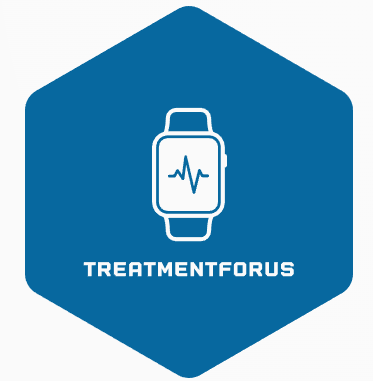The Exciting Milestone: When Does Your Baby Start to Crawl?
Watching your baby reach important developmental milestones is an incredible experience for parents. One of the most eagerly anticipated milestones is crawling, as it marks the beginning of your little one’s newfound mobility and exploration. In this blog post, we will delve into the fascinating world of crawling and discuss when you can expect your baby to embark on this thrilling journey.
The Timeline of Crawling:
Every baby develops at their own pace, so it’s important to remember that there is a wide range of normal when it comes to crawling. While some babies may start crawling earlier, others may take a bit more time to develop the necessary strength and coordination. Here are some general guidelines on when babies typically begin to crawl:
Rolling Over: Before crawling, babies usually learn to roll over from their back to their tummy and vice versa. This milestone typically occurs between 4 and 6 months of age. Rolling over helps babies gain upper body strength and spatial awareness, laying the foundation for crawling.
Belly Crawling: Around 6 to 9 months, babies often begin to explore crawling by using their arms to push themselves forward while lying on their bellies. This initial form of crawling helps them build strength in their arms and core muscles.
Hands-and-Knees Crawling: Between 7 and 10 months, many babies transition to hands-and-knees crawling. They will start to lift their belly off the ground, supporting their weight on their hands and knees. This crawling style allows for greater mobility and coordination as they navigate their environment.
Factors Affecting Crawling:
It’s important to note that every baby is unique, and several factors can influence the timing of crawling. Here are a few factors to consider:
Strength and Muscle Development: Crawling requires sufficient upper body strength and core muscle development. Encouraging tummy time and providing opportunities for your baby to practice reaching and grasping can help strengthen these muscles.
Motivation and Interest: Babies are more likely to start crawling when they are motivated to explore their surroundings. Placing enticing toys just out of reach can encourage them to move and motivate them to crawl.
Floor Time and Freedom of Movement: Giving your baby plenty of floor time and space to move around freely allows them to practice their motor skills and develop the confidence to explore their environment.
Developmental Factors: Some babies may skip traditional crawling altogether and move straight to cruising (walking while holding onto furniture) or even walking independently. Remember, there’s a wide range of normal, and as long as your baby is achieving other developmental milestones, there’s no need to worry.
Encouraging Crawling:
While you can’t force your baby to crawl, you can create an environment that supports their developmental journey. Here are a few tips to encourage crawling:
Tummy Time: Regular tummy time sessions help strengthen your baby’s neck, back, and arm muscles, which are essential for crawling. Start with short sessions and gradually increase the duration as your baby becomes more comfortable.
Engaging Toys and Activities: Place toys and objects of interest just out of reach to motivate your baby to move and explore. You can also create obstacle courses using pillows or cushions to encourage crawling over different surfaces.
Parental Support: Get down on the floor with your baby, provide encouragement, and celebrate their milestones. Show them how to crawl by moving your hands and knees and encourage them to follow your lead.
Safe and Stimulating Environment: Ensure that the crawling area is safe and free of hazards. Baby-proof the space and provide a variety of textures and surfaces to encourage crawling.
Conclusion:
Crawling is an exciting developmental milestone that marks the beginning of your baby’s
